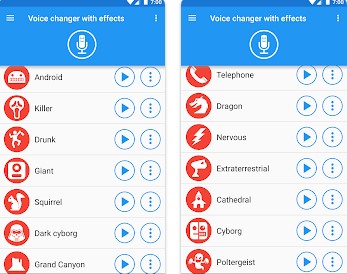


“They get stuck on the initial interpretation,” he says. Interestingly, Diehl discovered that younger children with autism will make the proper interpretation the first time they encounter a certain verbal construction, but later, if the tone of voice shifts it to a new meaning, they’ll have trouble. Typically, such changes in meaning based solely on tone of voice are a source of confusion for children with autism. However, if the emphasis shifts to “You can feel the frog with the feather,” the meaning shifts to you can touch a frog that is holding a feather. For instance in the sentence, “You can feel the frog with the feather,” the emphasis on the word frog makes the sentence mean to use the feather to feel the frog. In the study, Diehl tested children with autism to see if they could understand shifts in meaning based on subtle changes in tone of voice. It’s that they have problems understanding it and how it’s meaningfully used.” “It’s not that they have trouble producing changes in tone of voice. Still others may sound robotic their speech doesn’t flow but comes in clipped bursts.Ī recent study of nearly 100 children with autism and 100 typically developing peers conducted by Joshua Diehl, Notre Dame assistant professor of psychology, and colleagues at Yale and Harvard universities suggests the speech difficulty may be because children with autism understand meaning differently as it’s communicated through tone of voice, not because they have trouble reproducing the speech patterns, as has been thought. Their speech usually follows one of several characteristic patterns: Some talk in a flat, toneless voice, others in an exaggerated, hyper way that doesn’t match the subject matter. When children with autism speak they sound different from most people.


 0 kommentar(er)
0 kommentar(er)
